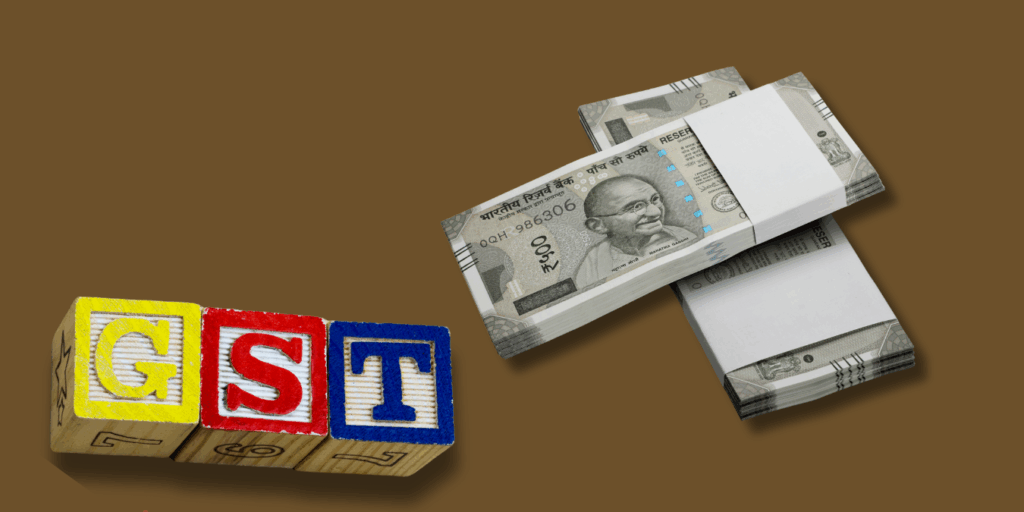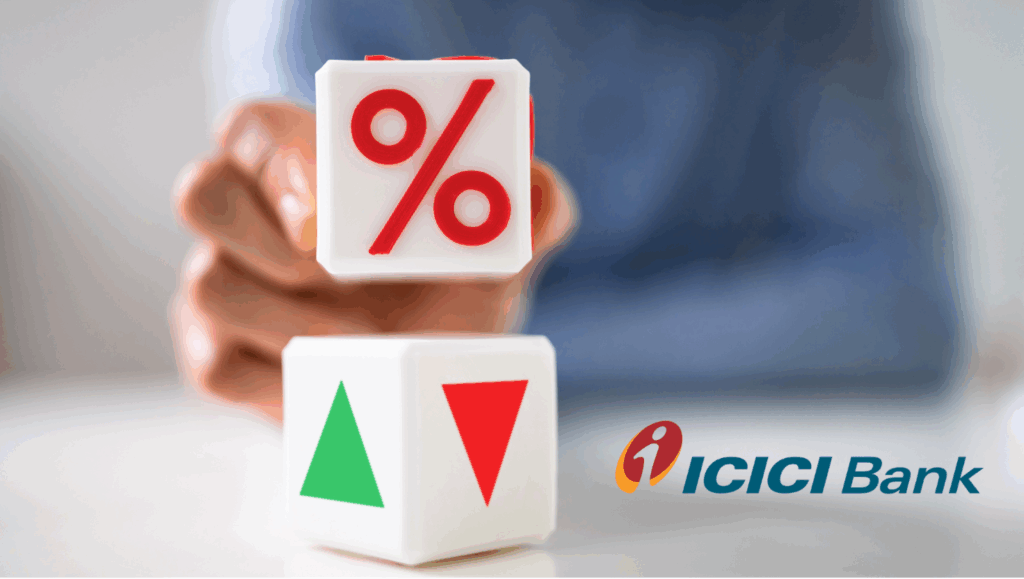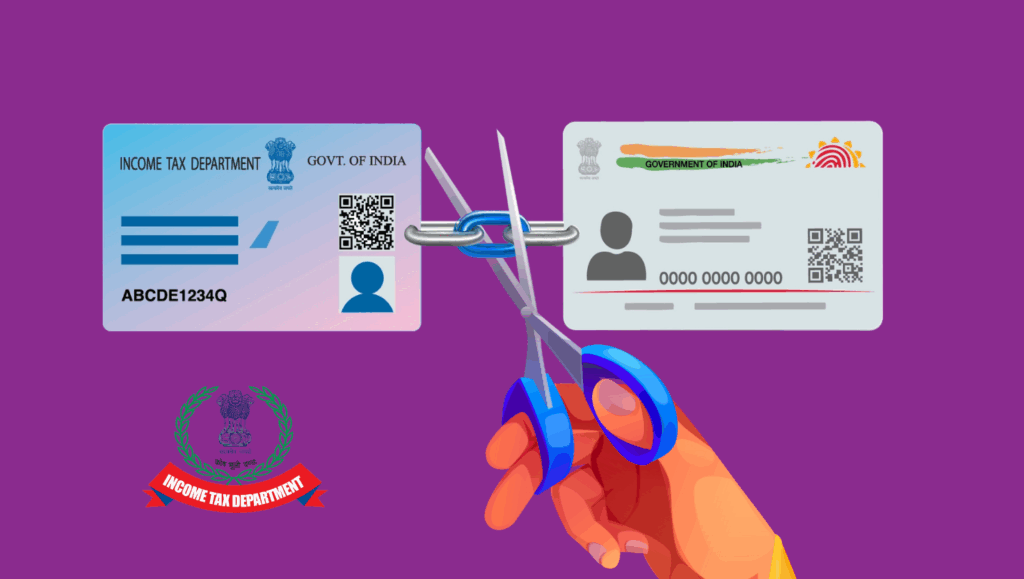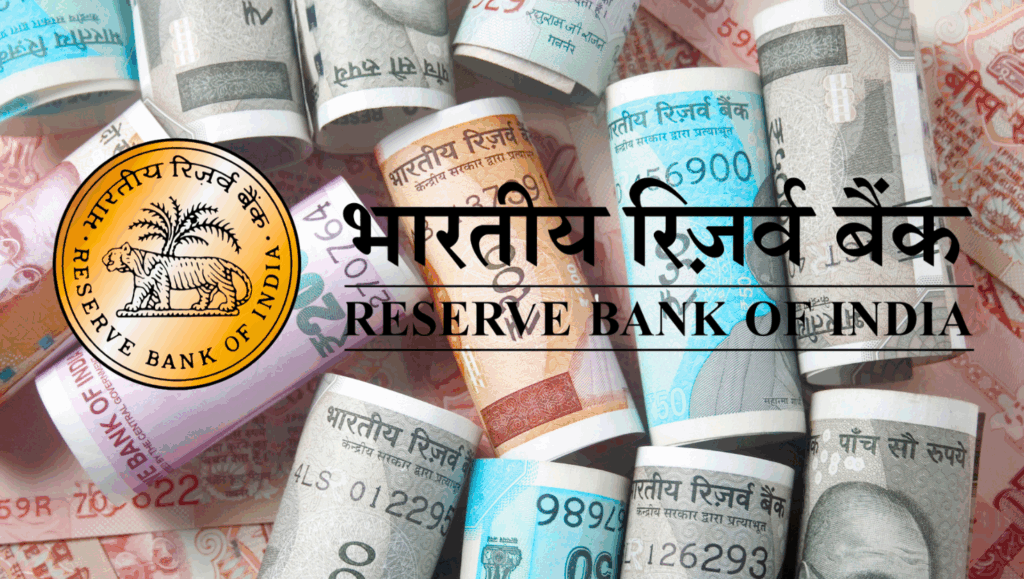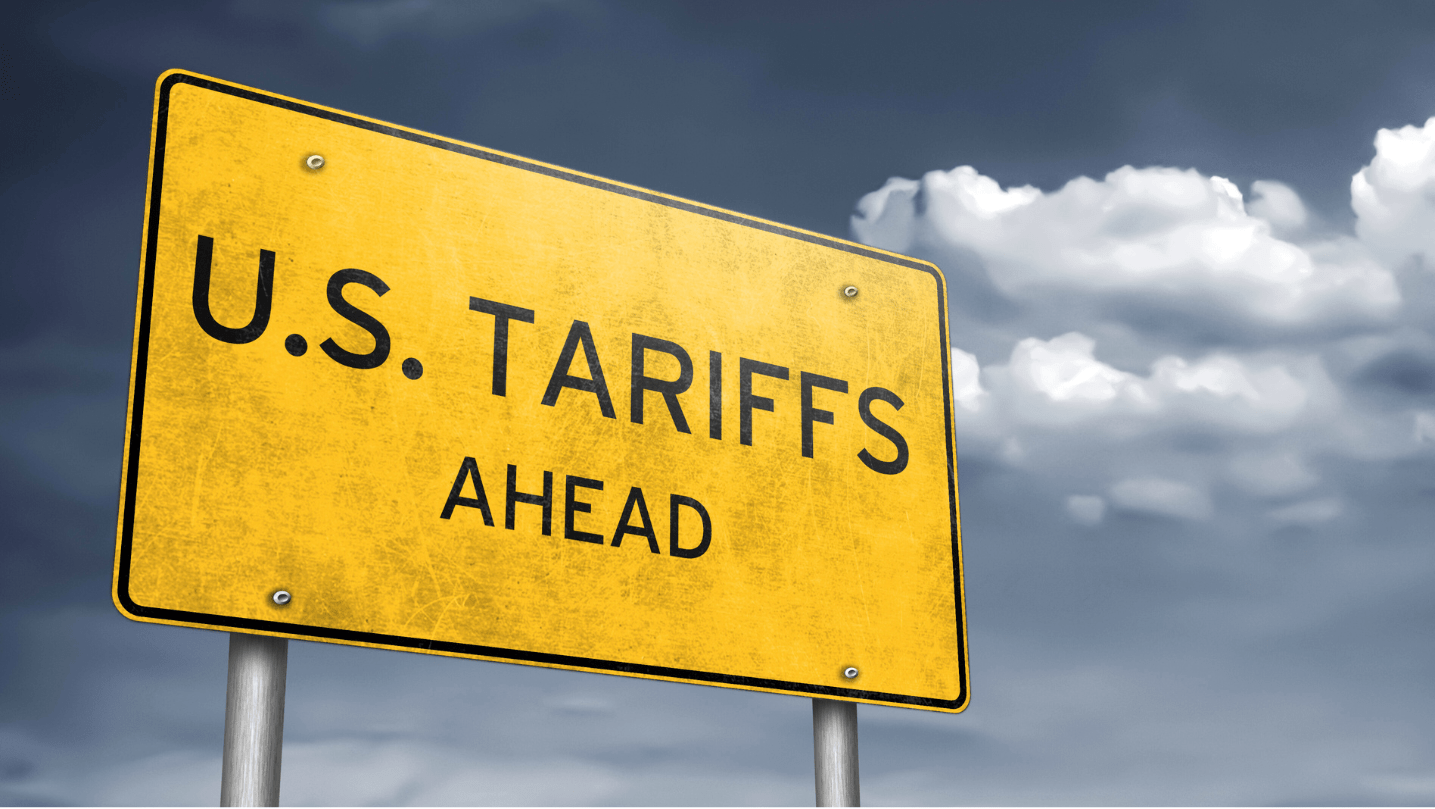
India-U.S. trade, Trump tariffs 2025, Indian economy, tariff threat, trade war impact, economic resilience, trade diversification, bilateral trade agreement, Indian export competitiveness, global trade dynamics
Explore India’s readiness for the U.S. 100% tariff threat and its impact on trade. This blog analyzes India’s economic resilience, trade diversification, and strategic responses to ensure future trade prospects. Discover how India navigates global trade challenges with insights on tariffs, negotiations, and opportunities.
The global trade landscape is undergoing significant shifts, with the United States, under President Donald Trump’s second term, implementing aggressive tariff policies to address perceived trade imbalances. On April 2, 2025, the Trump administration announced a 26% tariff on Indian goods, in addition to a 10% baseline tariff on all imports, effective April 5, 2025, as part of the “Make America Wealthy Again” policy (India-Briefing). These tariffs have sparked concerns about their impact on India, the U.S.’s largest trading partner, which accounted for 18% of India’s $437 billion merchandise exports in FY 2023-24. This article explores how these tariffs could reshape India’s trade future, whether India is prepared for a potential trade war, the strategies India might employ to counter these challenges, and whether it can withstand the threat of even higher tariffs, such as a rumored 100% tariff on certain goods.
Key Points
- Trump’s Tariffs on India: The U.S. imposed a 26% tariff on Indian goods, alongside a 10% baseline tariff, effective April 2025, impacting sectors like electronics, textiles, and steel. A U.S. court ruling in May 2025 challenged these tariffs, but they remain in place pending appeal.
- India’s Trade Future: These tariffs could affect $12.65 billion of India’s $78.66 billion exports to the U.S., roughly 0.2-0.3% of GDP, with pharmaceuticals exempt.
- India’s Preparedness: India is pursuing diplomacy over retaliation, negotiating a trade deal and leveraging its lower tariffs compared to competitors like China.
- Trade War Readiness: India’s diverse economy and global trade ties suggest resilience, though infrastructure gaps pose challenges.
- 100% Tariff Threat: No confirmed 100% tariff on all Indian goods exists, but high tariffs on specific sectors like films or BRICS-related threats have been mentioned.
- India’s Strategies: India is focusing on trade negotiations, diversifying partners, boosting domestic demand, and exploring WTO challenges.
U.S.-India Trade Relations: A Historical Context
The U.S. and India share a robust trade relationship, with bilateral trade reaching $146.15 billion in 2023-24 (World Bank Data). India exported $78.66 billion worth of goods to the U.S., including engineering goods ($17.63 billion), electronics ($10.05 billion), gems and jewelry ($9.00 billion), pharmaceuticals ($8.00 billion), textiles and apparel ($9.60 billion), and automobiles and auto parts ($2.60 billion). Imports from the U.S. totaled $67.49 billion, resulting in a trade surplus for India. Despite this mutually beneficial relationship, tensions have persisted over issues like market access, intellectual property rights, and tariff disparities, with India’s average tariff rate at 17% compared to the U.S.’s 3.3% in 2023 (CNBC).
Trump’s Tariff Policies: A Closer Look
President Trump’s tariff policies are driven by his “America First” agenda, aiming to protect U.S. industries and reduce the $1.2 trillion U.S. goods trade deficit (Reuters). Key tariffs affecting India include:
- Baseline Tariff: A 10% duty on all imports, effective April 5, 2025.
- India-Specific Tariff: An additional 26% tariff (totaling 36% for most goods), announced April 2, 2025, with a 90-day suspension until July 8, 2025.
- Steel and Aluminum Tariffs: Increased from 25% and 10% to 50%, effective June 4, 2025, impacting $4.56 billion of India’s exports (Economic Times).
These tariffs are based on the principle of reciprocal tariffs, matching duties imposed by trading partners on U.S. exports. However, a U.S. trade court ruled on May 28, 2025, that most tariffs under the International Emergency Economic Powers Act (IEEPA) were unlawful, as Congress holds exclusive authority over commerce. Tariffs on autos, steel, and aluminum, based on Section 232 of the Trade Expansion Act of 1962, remain unaffected. The Trump administration’s appeal, filed on May 29, 2025, allows tariff enforcement during the appeal process, creating uncertainty for India’s trade planning.
Impact of Trump’s Tariffs on India’s Economy
The 26% tariff on Indian exports, effective April 9, 2025, has already triggered market volatility, with the S&P BSE Sensex sinking over 400 points and the Nifty 50 falling below 22,350. Key sectors like IT services, pharmaceuticals, automobiles, gems and jewellery, and electronics face significant risks, as these account for 72.7% of India’s $77.52 billion goods trade with the U.S. in FY24. For instance, the automotive industry, contributing 3% of India’s U.S. exports, could see reduced demand and higher production costs, potentially leading to layoffs and supply chain disruptions.
However, some sectors may remain insulated. The pharmaceutical industry, a major exporter with companies like Dr. Reddy’s (43% U.S. revenue exposure) and Sun Pharma (30%), benefits from exemptions on critical goods like pharmaceuticals and semiconductors. Analysts from Jefferies note that these exemptions could even spark a rally in U.S.-based generic pharma stocks. Conversely, IT services, heavily reliant on U.S. markets (80% of India’s IT export earnings), face dual threats from tariffs and potential H-1B visa restrictions, which could disrupt operations for firms like TCS and Infosys.
The broader economic impact includes a potential 50 basis point hit to India’s GDP, as estimated by Macquarie, due to reduced export competitiveness. The Indian rupee is also at risk, with experts like Neelkanth Mishra warning of currency instability if foreign equity investors retreat, increasing India’s current account deficit. The Reserve Bank of India (RBI) may need to intervene aggressively to stabilize the rupee, especially if China devalues the yuan in response to its 104% U.S. tariff.
The tariffs could significantly affect India’s export sector, with an estimated $12.65 billion of its $78.66 billion U.S. exports impacted, equivalent to 0.2-0.3% of India’s GDP (ClearTax). The breakdown of affected sectors includes:
| Sector | Export Value (Billion USD) | Percentage of U.S. Exports | Tariff Impact |
| Engineering Goods | 17.63 | 22% | 50% on steel/aluminum |
| Electronics | 10.05 | 13% | 27% tariff, $1-5B affected |
| Gems and Jewelry | 9.00 | 11% | 27% tariff |
| Pharmaceuticals | 8.00 | 10% | Exempt |
| Textiles and Apparel | 9.60 | 12% | 27% tariff |
| Automobiles and Auto Parts | 2.60 | 3% | 25% on autos, 50% on steel/aluminum |
| Other Sectors | 21.77 | 29% | Varies, some exempt |
The impact is mitigated by exemptions for pharmaceuticals and India’s competitive tariff rate (26%) compared to China (54%) and Vietnam (46%). However, increased costs could reduce demand for Indian goods in the U.S., potentially affecting employment in export-oriented industries. Infrastructure gaps and a higher tariff rate than the EU (20%) pose additional challenges.
Is India Ready for a Trade War with the U.S.?
A full-scale trade war with the U.S. would be challenging for India, given that the U.S. is India’s largest export destination. However, India’s economy is relatively resilient due to its inward-looking nature and diversified export markets. Experts argue that India’s trade surplus with the U.S. is modest compared to China’s, and its 26% tariff is lower than the 104% imposed on China or 46% on Vietnam. This positions India favorably, but prolonged uncertainty could dampen trade sentiment.
India’s strategic response includes negotiating a bilateral trade agreement, with a first phase targeted for fall 2025. New Delhi has offered significant concessions, such as reducing tariffs on 90% of U.S. imports (worth $23 billion) to 0-5%, covering goods like frozen meat, fish, and fruits. In return, India seeks favorable treatment for labor-intensive sectors like textiles, toys, and gems and jewellery. A unique “forward most-favoured-nation” clause, proposed in April 2025, ensures the U.S. receives any better tariff terms India offers other partners, future-proofing the deal.
India’s non-confrontational stance, as noted by the Asia Pacific Foundation, contrasts with China’s aggressive counter-tariffs. This cautious approach, coupled with the personal rapport between Prime Minister Narendra Modi and Trump, may mitigate harsher outcomes. However, domestic challenges, such as opposition to agricultural reforms, could complicate negotiations, as seen in the 2020 farmer protests.
India’s Trade Secrets to Counter U.S. Tariff Challenges
India is employing a multifaceted strategy to mitigate the impact of U.S. tariffs:
- Trade Negotiations: India is pushing for a trade deal, offering to reduce duties on 60% of U.S. imports (Reuters). A high-level U.S. delegation visit is scheduled for June 5-6, 2025, to advance talks.
- Trade Diversification: Strengthening ties with the EU, Japan, and Southeast Asia to reduce reliance on the U.S. market.
- Domestic Consumption: Policies like tax exemptions in the 2025 Budget aim to boost domestic demand, offsetting export declines (Financial Express).
- Sector Support: Financial incentives for affected industries like textiles and engineering goods.
- WTO Challenges: India has issued a WTO notice and may pursue legal action against U.S. tariffs (Reuters).
- Supply Chain Diversification: Encouraging companies to shift supply chains to alternative markets.
India’s lower tariffs compared to competitors position it as an attractive manufacturing alternative, particularly in electronics and textiles.
Will India Survive the U.S. 100% Tariff Threat in 2025?
The threat of a 100% tariff, particularly tied to BRICS de-dollarization efforts, looms large. Trump’s February 2025 warning targeted nations exploring alternatives to the U.S. dollar, but India’s trade deficit with the U.S. is less severe than China’s, and its geopolitical alignment as a Quad partner gives it leverage. Experts like Gowhar Geelani argue that India’s diversified export basket and lower tariff rates compared to neighbors like Pakistan and Bangladesh make it less vulnerable.
India’s economic resilience is further supported by its projected GDP growth of 6.3-6.8% for FY25-26, despite tariff disruptions. The pharmaceutical sector’s exemption and opportunities in textiles and telecommunications provide a buffer. However, prolonged tariffs could increase costs for U.S.-centric businesses, impacting household budgets and employment in price-sensitive sectors like garments.
To survive the 100% tariff threat, India must accelerate its trade deal with the U.S., targeted for completion before the 90-day tariff pause ends on July 9, 2025. The “Mission 500” goal of $500 billion in bilateral trade by 2030 hinges on mutual market access and reduced non-tariff barriers. India’s ability to balance concessions with domestic protections will be critical.
India’s Path Forward
Trump’s tariffs pose a challenge to India’s trade future, potentially affecting $12.65 billion of its U.S. exports. However, India’s strategic responses—diplomacy, trade diversification, domestic consumption boosts, and potential WTO action—demonstrate preparedness. While a 100% tariff threat remains unconfirmed, India’s economic resilience and global trade positioning suggest it can navigate these challenges. As negotiations progress, India’s ability to balance domestic priorities with international trade relations will shape its success in this complex global trade environment.
For businesses and policymakers, the focus should be on adaptability: diversifying markets, investing in R&D, and fast-tracking the U.S. trade deal. For everyday Indians, the impact may manifest as higher prices and job market shifts, but a measured, long-term approach can mitigate these effects. As global trade navigates uncharted waters, India’s resilience and strategic foresight will determine its ability to thrive in this new era of India-US trade relations.







